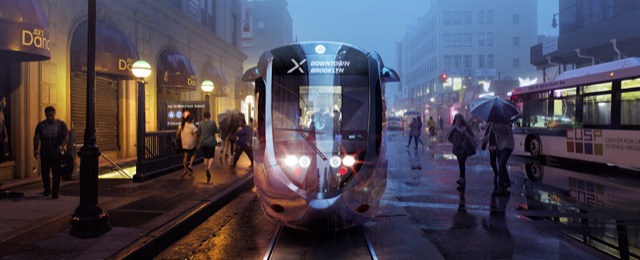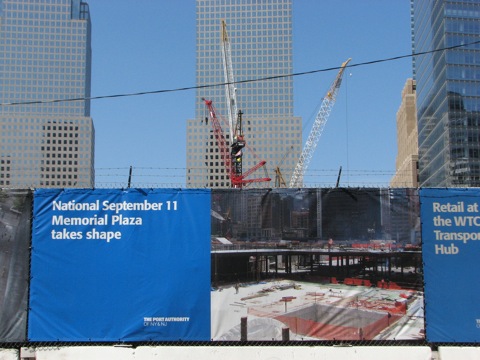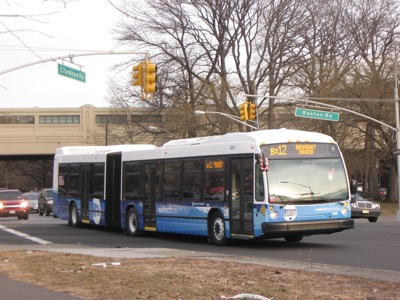New York City celebrated the new year by opening the insanely expensive Second Avenue Subway. Just two miles and three stations long, this subway line cost nearly $4.5 billion, or more than $35,000 per inch, making it the most expensive subway in the world.
Of course, not all of that money went for digging tunnels and laying track, which cost “only” $734 million (which is still more than $5,000 per inch). The three stations cost $800 million each. But that’s not all: to complete the Second Avenue subway, the city also spend $500 million on engineering and $800 million for “management, real estate, station artwork, fare-collection systems and other sundry items.” If the entire New York City subway system cost that much, it would have cost more than $500 billion, or roughly the cost of the entire 47,856-mile Interstate Highway System in today’s dollars.
Of course, the city didn’t pay for it alone. The federal government chipped in at least $1.3 billion. The state of New York put in some money, but much of the money probably came from bridge tolls paid by auto drivers. Actual riders of the Second Avenue subway will pay very little of the cost and what they do pay will be paid indirectly.










